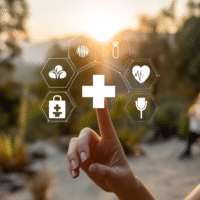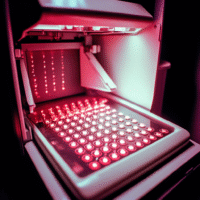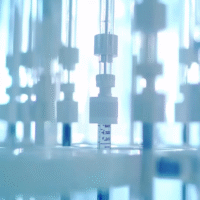Predictive Values of Pre-treatment Brain Age Models to rTMS Effects in Neurocognitive Disorder with Depression
Introduction
Developing personalized repetitive transcranial magnetic stimulation (rTMS) faces challenges due to high inter-individual treatment response variations. Brain morphometry may contribute to these variations. This study aimed to determine if an individual’s brain morphometry could predict rTMS responders and remitters.
Methods
This secondary analysis utilized data from a randomized clinical trial involving fifty-five patients over 60 with comorbid depression and neurocognitive disorder. Brain age was estimated from MRI scans using morphometric features and a support vector machine. Brain-predicted age difference (brain-PAD) was calculated as the difference between brain age and chronological age.
Results
rTMS responders and remitters exhibited younger brain age. Each additional year of brain-PAD reduced the odds of relieving depressive symptoms by approximately 25.7% in responders (OR = 0.743, p = .045) and 39.5% in remitters (OR = 0.605, p = .022) in the active rTMS group. Using brain-PAD score as a feature, classification accuracies of 85% (3rd week) and 84% (12th week) for responder-nonresponder were achieved.
Conclusion
Youthful brain age in elderly patients appears linked to better treatment responses to active rTMS. Pre-treatment brain age models informed by morphometry may help identify suitable patients for rTMS treatment.
TRIAL REGISTRATION: ClinicalTrials.gov Identifier: ChiCTR-IOR-16008191.
Clinical Trials and Practical Solutions
Clinical trials are instrumental in developing safe and effective treatments. Extending their benefits into everyday medical practice is crucial. DocSym, an AI-driven platform, consolidates ICD-11 standards, clinical protocols, and research into a single, easily accessible knowledge base for clinicians.
Value in Today’s Healthcare Environment
Streamlining operations is vital in today’s healthcare environment. Our mobile apps support scheduling, monitoring treatments, and telemedicine, making it easier to manage patient care and expand services digitally. By using AI, clinics can enhance their workflows, improve patient outcomes, and reduce paper routines.
Learn more about how we can help at aidevmd.com.



























